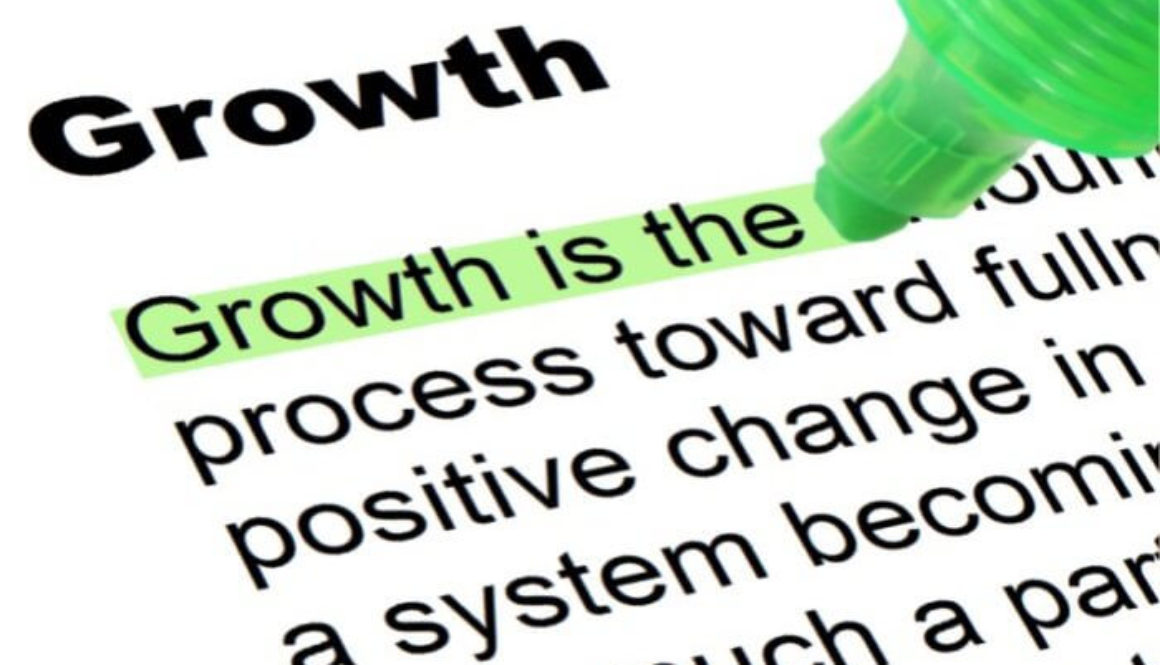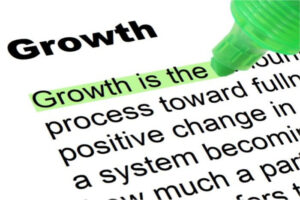Blue Growth Razzmatazz: time for a reality check.
Blue Growth Razzmatazz: time for a reality check.
Brussels, 26 April 2016
Brian O’Riordan
LIFE Platform
Blue Growth is the new snake oil of the world economy. It is being promoted as the miracle cure for stagnant growth, overexploited and dwindling resources, and insufficient food on dry land in the context of ever increasing needs of a rapidly growing world population. In the absence of a “Planet B”, Blue Growth provides a glimmer of hope.
The idea of the Blue Economy came out of the 2012 Rio + 20 process under the auspices of the United Nations Conference on Environment and Development – building on the 1992 Earth Summit. Advocated for principally by Small Island Development States (SIDS), it is rooted in the Green Economy, which in turn is seen as vital for “achieving sustainable development, to contribute to eradicating poverty as well as sustained economic growth, enhancing social inclusion, improving human welfare and creating opportunities for employment and decent work for all, while maintaining the healthy functioning of the Earth’s ecosystems” (from Para 56. The future we want. UNCSD 2012 http://www.un.org/disabilities/documents/rio20_outcome_document_complete.pdf).
The potential of the seas and oceans – the Blue Economy – to meet sustainable development needs is enormous; but only if they can be maintained in and/or restored to a healthy, and productive state.
However, LIFE is concerned that amid all the hype and razzmatazz, sight is being lost of the fact that Blue Growth has huge implications for fisheries, be they small or large in scale. Blue Growth only takes an interest in those sectors which exhibit growth potential – and it sees the fishery sector as one in decline. At the same time, the economic sectors targeted by Blue Growth include many that will encroach on the spaces traditionally occupied by fisheries, and which will undoubtedly have an impact on the resources on which fishery activities depend. These include industrial scale aquaculture, ocean energy, and seabed mining.
Although maritime spatial planning is included as an “essential component”, more attention is needed to ensure that the European Blue Growth strategy seeks coherence and complementarity with the CFP. If not the CFP will be overwhelmed by the tsunami of Blue Growth.
LIFE also asserts that Blue Growth should not be a license for business as usual and more of the same “brown” development. Up to now oceans have been treated as a means of free resource extraction and waste dumping, and environmental and social costs have been externalised from economic calculations. Blue Growth is a call for fundamental change; ongoing trends in the exploitation and degradation of marine and coastal ecosystems show that endeavours to date have been insufficient and that more needs to be and must be done quickly. The huge amounts of marine debris building up in the oceans, especially plastics, demands urgent action. This was highlighted in a speech last year by Commissioner Vella, delivered to the Microplastics conference in Brussels on 12 May, 2015 https://ec.europa.eu/commission/2014-2019/vella/announcements/eliminating-plastic-and-microplastic-pollution-urgent-need_en. Addressing the problem must go beyond paying fishermen to become litter collectors at sea.
Along with Blue Growth razzmatazz, LIFE is also concerned that large, private and non-governmental organizations are investing in the Blue Economy, and taking on the roles traditionally occupied by States.
Increasingly States are ceding land and marine concessions to large environmental NGOs, which are often set up as “Trusts”. These NGOs then manage the environmental reserves ceded to them on behalf of the States. These NGOs, whose activities are often financed by transnational corporations, then decide by themselves – without any democratic control – environmental actions to be undertaken. Local communities and citizens are often uninformed about these projects or kept out of managing these environmental reserves. Whilst the fight to combat climate change has in large part been entrusted by States to large environmental NGOs, and for various reasons transnational corporations finance these NGOs, the question now arises as to how what is often referred to as the “environmental industry” is regulated.
At the same time, international banks, private equity funds and other financial players seeking new areas for investment, are speculating on the oceans through carbon trading, debt for nature swaps and other such schemes.
The need to reign in this environmental industry, and to make it accountable and transparent was recently highlighted by Professor Gilles Lhuilier in “Le Marin” http://www.lemarin.fr/secteurs-activites/environnement/24995-initiative-pour-la-transparence-dans-les-ong.
Blue Growth and small scale fisheries was also one of the main themes of the recent Regional Conference on “Building a future for sustainable small-scale fisheries in the Mediterranean and the Black Sea” organized by the GFCM and the FAO in collaboration with the Algerian Government – http://www.fao.org/gfcm/meetings/ssfconference2016/en/.
The Consultant presenting the case for Blue Growth highlighted that in order to be included in the rush for Blue Growth, fisheries would need to demonstrate how they can maximize their contribution to the economy and to growth, and to “reposition” themselves accordingly. This would require he said a) applying a “use right” system to achieve economic efficiency, and b) generating an “investible surplus” that could be invested in growth.
The CFP reform process brought to the fore the way the traditional use rights of the fishery sector and of fishing communities, and their access to fisheries has been eroded over time. Such traditional rights and access in Europe, as in many other areas of the world, have been replaced by private and tradable rights. This has transformed resources that were previously public into privately owned quotas, concentrated into fewer and fewer hands.
By contrast, the FAO’s approach through its Blue Growth Initiative (BGI) offers some hope. The BGI aims at building the resilience of coastal communities and restoring the productive potential of fisheries and aquaculture, in order to support food security, poverty alleviation and sustainable management of living aquatic resources.
Blue Growth and small scale fisheries, far from being incompatible, are entirely complimentary. But for such complementarity to be effectively transformed into a “win-win” situation, greater attention needs to be paid to safeguarding the fishing rights of small scale fisheries, and providing them with secure and priority access to their traditional fishing areas.
Implementing Article 17 of the CFP could go a long way in this regard.

